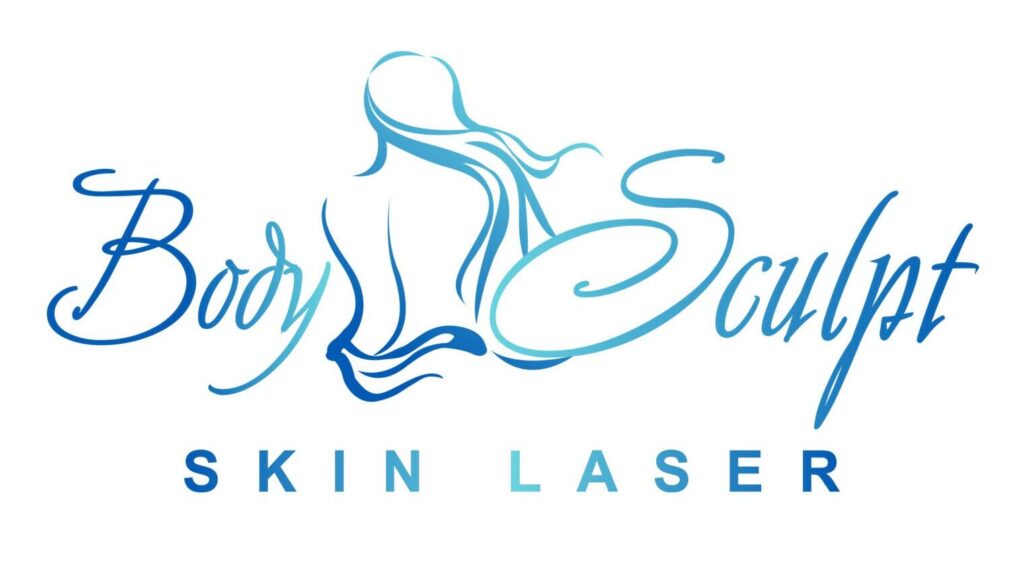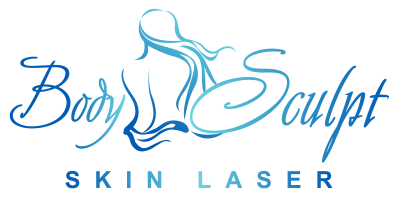Can Chicken Pox Scars Be Removed?
Effective Solutions for Chicken Pox Scar Removal
Chickenpox, once considered a nearly universal childhood experience, frequently leaves behind more than fleeting memories. Many find themselves contending with persistent scars, the lasting vestiges of an ailment long resolved. These marks, diverse in both size and depth, can significantly impact self-esteem, altering how individuals view their skin and, consequently, their self-confidence. In an era where pristine, unmarred skin is often idealized, individuals marked by the legacy of chickenpox scars may seek effective methods for chicken pox scar removal, pondering whether it’s possible to remove chicken pox scars that serve as physical reminders of their past condition. The search for a solution to regain clear skin culminates in a critical inquiry: Is it possible to remove chicken pox scars? Fortuitously, dermatology has made impressive strides, providing hope and tangible answers for those aiming to reduce or fully remove chicken pox scars, thereby restoring skin’s smoothness and enhancing overall appearance.
Removing Chicken Pox Scars with Advanced Laser Therapy
Yes, chicken pox scars can indeed be significantly reduced or even removed, thanks to the strides made in dermatological treatments. Among the array of options available, laser therapy emerges as the frontrunner, offering a non-invasive, effective approach to not only smooth out the skin’s surface but also enhance its overall appearance. Laser scar removal shines a beacon of hope for those who have long thought their scars were a permanent fixture. Laser therapy’s ability to target the skin’s deeper layers and stimulate healing and regeneration makes it a powerful tool in the fight against chickenpox scars, transforming the landscape of scar removal and setting a new standard in cosmetic dermatology. By employing focused light energy, this advanced treatment method meticulously breaks down scar tissue, encouraging the growth of new, healthy skin cells in its place. The result? A significant reduction in the visibility of scars, rendering them less noticeable and, in some cases, almost entirely imperceptible.
Unveiling the Potential of Laser Therapy for Scar Reduction
Laser therapy, with its state-of-the-art precision and effectiveness, has solidified its position as the leading treatment option for those seeking to diminish the appearance of chicken pox scars. This advanced technology utilizes focused beams of light to penetrate the skin, targeting scar tissue without harming surrounding areas. It works meticulously to break down the fibrous tissue that forms scars, encouraging the body’s natural healing processes to replace damaged skin with fresh, smooth tissue.
Key Benefits of Laser Therapy:
Minimally Invasive: Laser therapy’s non-surgical approach means that patients can enjoy the benefits of treatment without the discomfort and downtime associated with traditional surgical methods. This aspect is particularly appealing to those who seek a less invasive option with a rapid recovery period.
High Precision: The ability to accurately target scar tissue ensures that the surrounding skin remains untouched and undamaged. This precision is crucial for achieving optimal results while minimizing the risk of side effects.
Stimulates Collagen Production: The heat generated by the laser not only works to break down scar tissue but also stimulates the production of collagen. Collagen is a vital protein in the skin that promotes elasticity and strength, aiding in the regeneration of healthier, more resilient skin.
Types of Lasers Used:
The choice of laser technology plays a pivotal role in the customization of treatment plans. Two of the most commonly used lasers for scar removal are:
Fractional CO2 Lasers: Known for their efficacy in resurfacing the skin, these lasers create microscopic holes in the skin’s surface, which triggers the body’s healing response, leading to new collagen formation and smoother skin texture.
Erbium YAG Lasers: These lasers are effective in treating the surface-level and medium-depth scars. They work by vaporizing the scarred tissue layer by layer, minimizing heat damage to surrounding tissues and reducing recovery time.
Customized Treatment Plans:
At Body Sculpt Skin Laser, we understand that each individual’s skin is unique, and so are their treatment needs. Our experts take into account various factors, including the scar’s depth, size, and the patient’s skin type, to develop a personalized treatment plan. This tailored approach ensures that each patient receives the most effective treatment for their specific situation, leading to the best possible outcomes.
Treatment Duration and Number of Sessions
The intricacies of each scar—its depth, age, and the skin’s overall health— all play a pivotal role in determining the exact course of treatment. Generally, patients may anticipate requiring between 3 to 6 sessions. These sessions are thoughtfully spaced 4 to 6 weeks apart to allow the skin adequate time to heal and regenerate between treatments. The duration of each session can also vary, typically lasting between 30 minutes to an hour, depending on the extent of the area being treated and the severity of the scars. This phased approach ensures that the skin is given the best chance at healing optimally, promoting a gradual and sustained improvement in the scar’s appearance.
What to Expect From Laser Therapy
Understanding what to expect from laser therapy can help set realistic expectations and prepare patients for the journey ahead:
Effectiveness: The advancements in laser technology have made it a potent tool in significantly improving the appearance of chicken pox scars. It’s crucial for patients to have realistic expectations; while a dramatic reduction in scar visibility is common, achieving completely flawless skin is rare. The success of the treatment hinges on various factors, including the scar’s initial condition and how the individual’s skin responds to the laser.
Recovery Time: Post-treatment, it’s normal to experience some degree of redness, swelling, and peeling in the treated area. These side effects are generally mild and subside within a few days to a week. Patients are advised to follow post-care instructions meticulously to facilitate smooth healing and achieve the best results.
Long-Term Results: Many patients report long-lasting improvements in both the texture and appearance of their skin post-laser therapy. The key to maintaining these results lies in adhering to healthy skincare practices, including protecting the skin from excessive sun exposure and following a consistent skincare routine.
Laser therapy presents a promising avenue for those looking to reduce or remove chicken pox scars. Its precision, effectiveness, and minimal downtime have established it as a preferred method for scar treatment. By embarking on this treatment journey at BodySculpt VA, patients can look forward to achieving smoother, more aesthetically pleasing skin. We invite you to reach out and learn more about how our expert team can tailor a treatment plan suited to your unique needs, helping you move closer to achieving your desired skin appearance.
FAQs
1. Is laser therapy for chicken pox scars painful?
Most patients experience minimal discomfort. Topical numbing cream can be applied to reduce any sensations during the treatment.
2. How soon will I see results from laser therapy?
Some improvement can be noticed after the first session, but full results typically become apparent after completing all recommended sessions.
3. Are the results of laser therapy permanent?
The improvements made by laser therapy are generally long-lasting, but maintaining a good skincare routine is important for preserving the results.
4. Can laser therapy remove old chicken pox scars?
Yes, laser therapy can be effective on old scars, although the number of treatments needed might be higher.
5. Is there any downtime after laser therapy for chicken pox scars?
There is minimal downtime. Most patients can return to their daily activities immediately, with some precautions to protect the treated area from sunlight.

